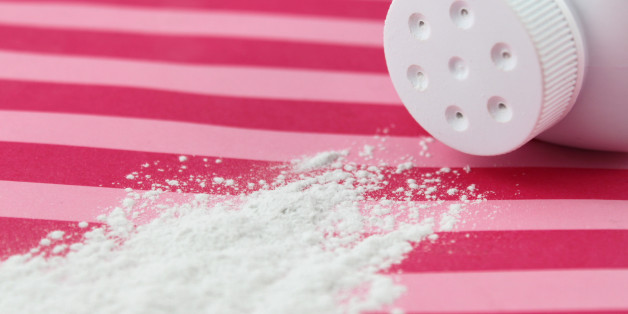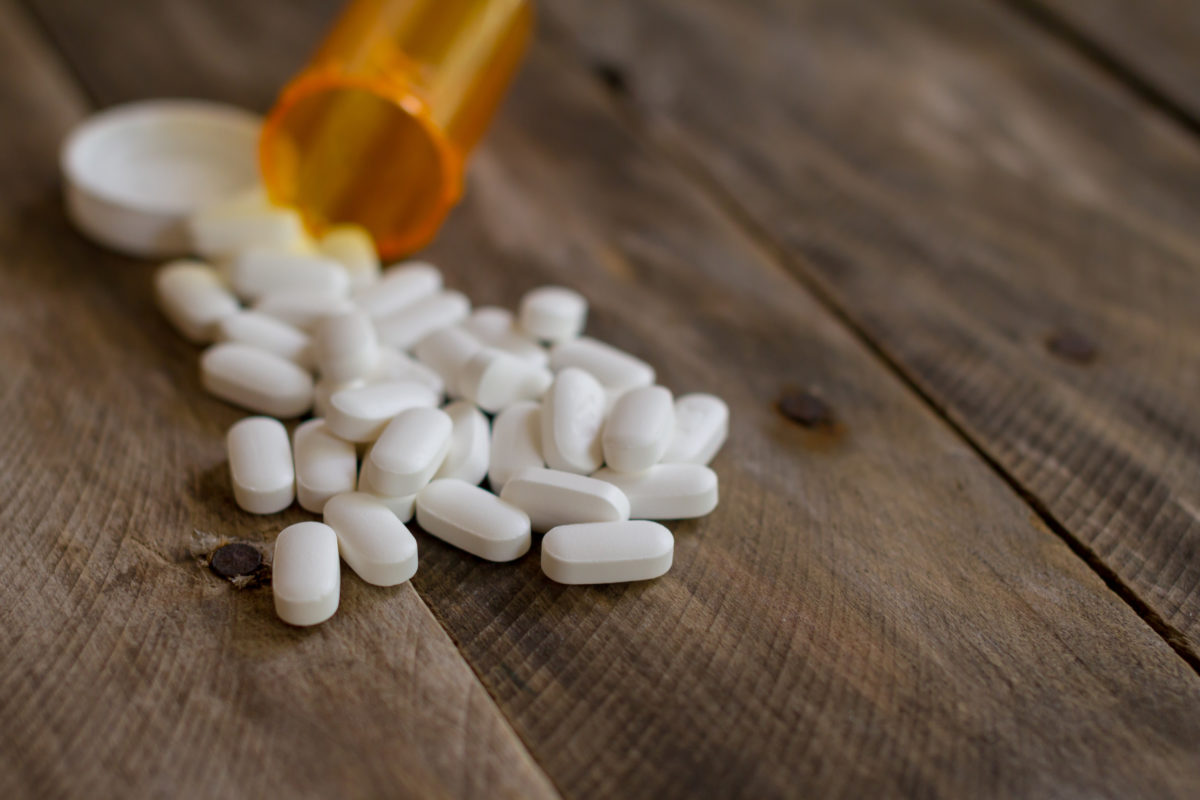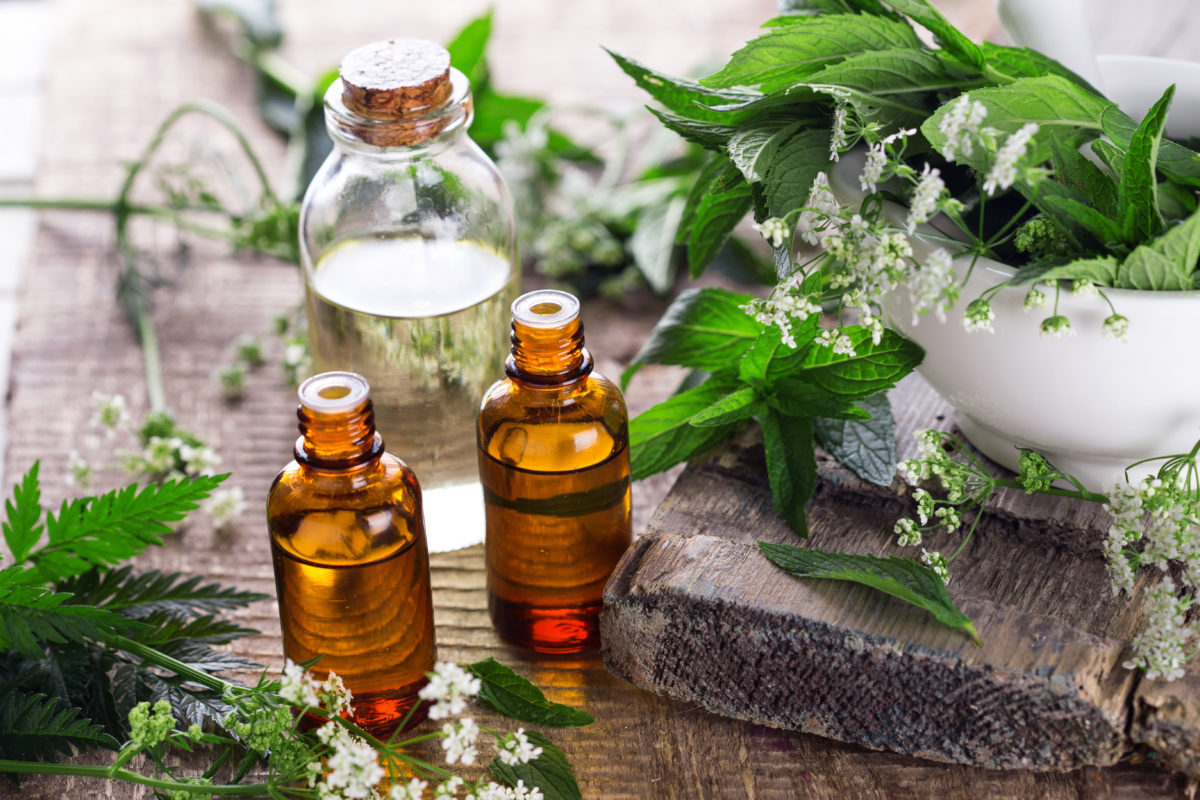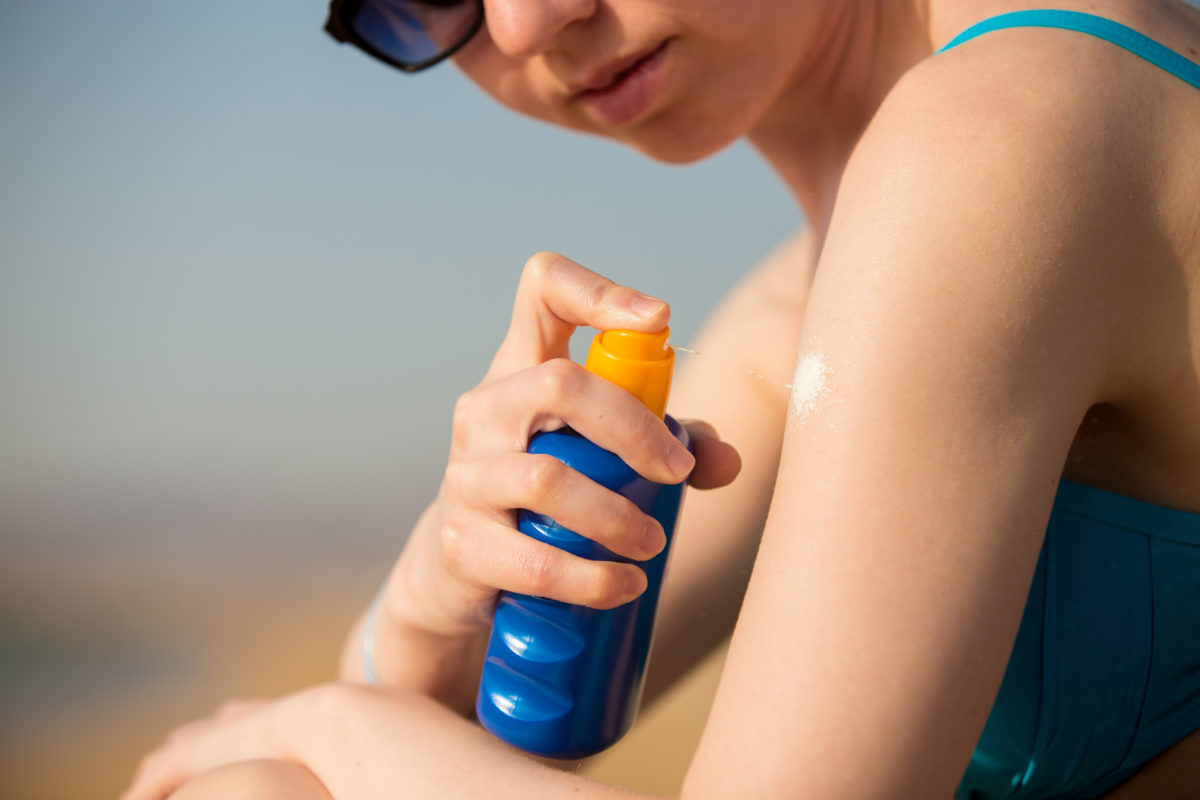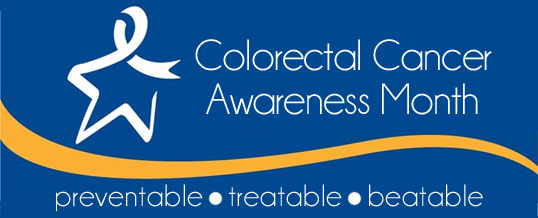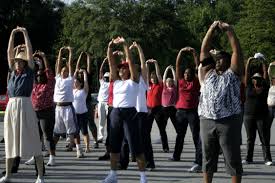Johnson & Johnson is a trusted name whose baby powder has long been a staple of many homes. The powder absorbs excess moisture and protects skin from chafing and irritating rashes. Women in particular use it as a part of feminine hygiene.
Now we are being told that this household item could be linked to cancer.
Johnson & Johnson just lost a huge lawsuit brought by the family of a woman who died of ovarian cancer after years of using the product. The decision wasn’t actually based on hard evidence of a known link between talc and ovarian cancer, leading to a lot of confusion for consumers.
Baby powder’s main ingredient is talc — a natural product made of magnesium, silicon, hydrogen and oxygen. In addition to baby powder, talc is found in a lot of cosmetic products. Talc baby powder was used for decades for diapering babies until concerns over the effects of inhalation on infants led physicians to recommend against its use.
The American Cancer Society states on its website: “Studies of personal use of talcum powder have had mixed results, although there is some suggestion of a possible increase in ovarian cancer risk.”
The International Agency for Research on Cancer, part of the World Health Organization, has classified talc applied to the genital area as “possibly carcinogenic to humans.”
A few major studies have found a link between this cancer and talc, but none have proven causation. Also, these studies haven’t shown a link between just how much talc is used and how it affects the risk of ovarian cancer. This just makes things more confusing.
To put things into perspective, the known major risk factors for ovarian cancer are genetics, taking hormone replacement therapy and being overweight. The latter two are modifiable risk factors that have a bigger health impact than talc exposure.
Of course you can take this ambiguous information and do with it what you like. So what options do we have to protect those delicate areas ladies?
Creams like Desitin protect skin and prevent chafing. If you prefer powders, cornstarch powder is a great alternative that has been found to be safe for general use. Gold Bond and Johnson’s are among several brands that make a cornstarch version.
Did you know that baby powder in the U.S. actually had asbestos in it until the mid-1970’s when it was removed? There was controversy over that for years.
Hindsight is always 20/20, and often we have to make decisions about what we deem acceptable for our use and our loved ones use before we know the whole story. While the jury may still be out, as a female with this knowledge I’d err on the safe side.
 English
English French
French German
German
